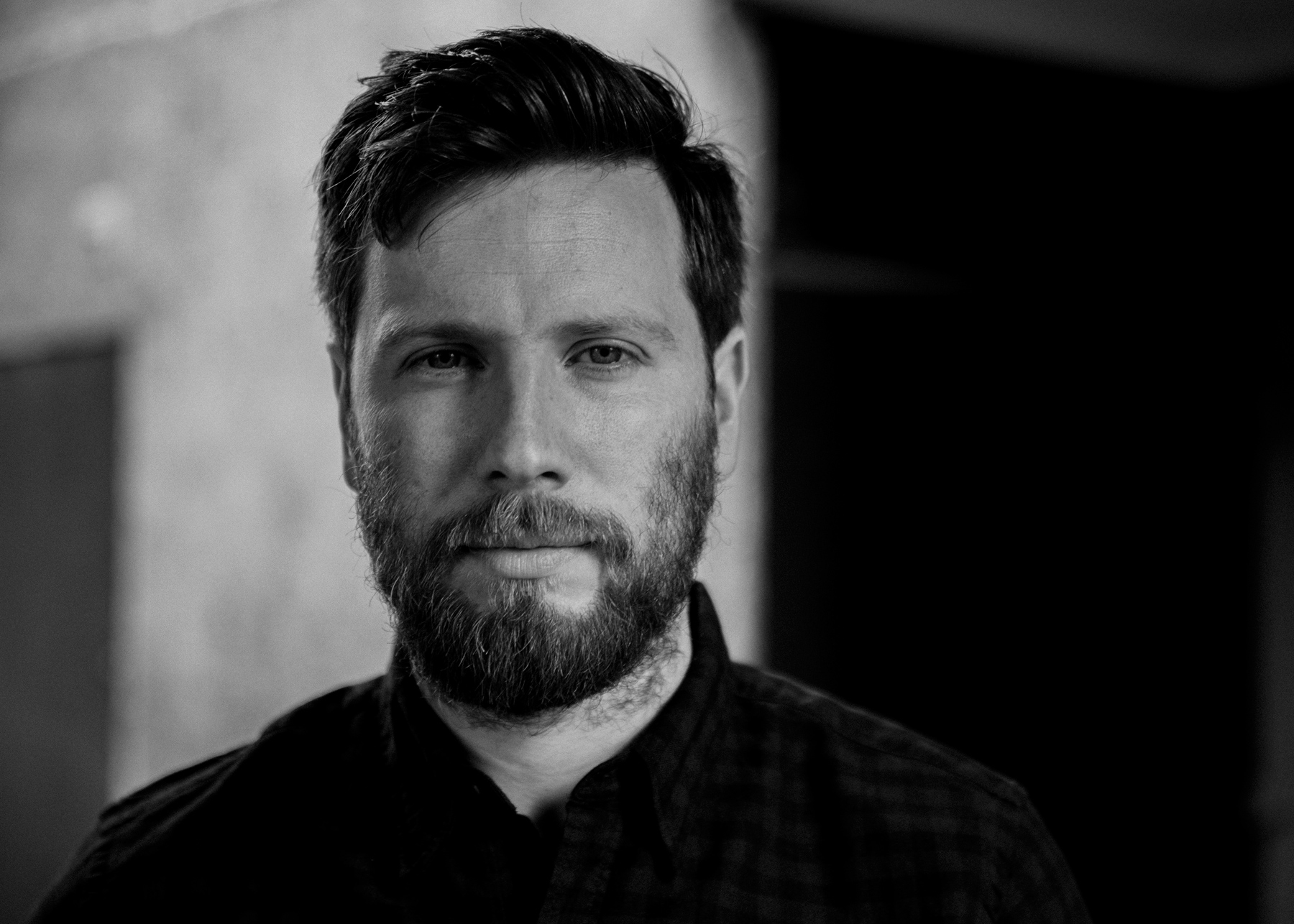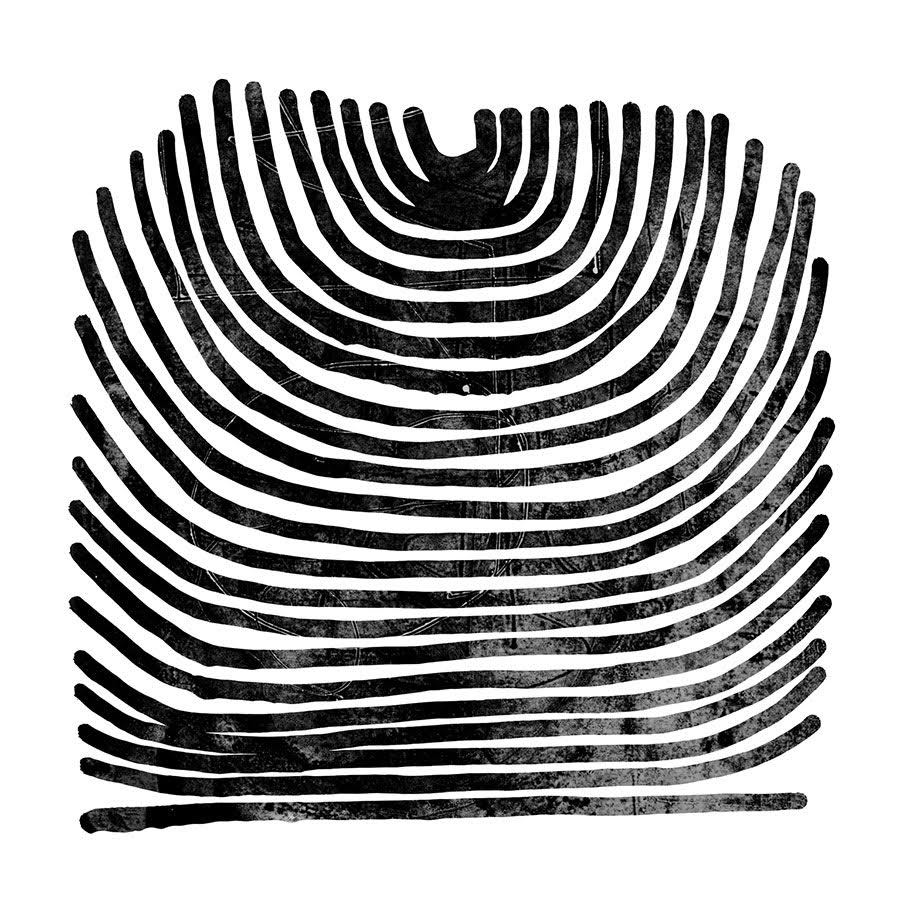
[tabgroup layout=”horizontal”]
[tab title=”Italiano”]Rival Consoles, al secolo Ryan Lee West, artista londinese e prima firma della label d’avanguardia Erased Tapes Records pubblica il nuovo album “Howl”. Attivo dal 2007 si è guadagnato un posto nell’olimpo IDM grazie anche alla stretta collaborazione con l’etichetta di Robert Raths e al progetto parallelo Aparatec. Essenziale e rarefatto, il nuovo disco si concentra sull’utilizzo di una strumentazione minimale per cercare il difficile compromesso tra home listening e grandi spazi attraversando in bilico una sottile linea tesa tra IDM, house e pura elettronica. La traccia d’apertura “Howl”, costruita su un crescendo di ritmiche spezzate attorno a una struttura melodica malinconicamente evocativa ricorda gli albori della Border Community di James Holden e ispirate sperimentazioni alla Luke Abbot che la rendono perfetta per il dancefloor. C’è molta ricerca unita all’utilizzo di registrazioni ambientali e all’utilizzo di campionamenti come in “3 Laments”, bastato su un’elaborazione della propria voce o di batterie acustiche con il contributo di Fabian Pryn in “Low” o archi con il violoncellista Peter Gregson in “Walls”. Di difficile collocazione solo all’interno della pura discografia clubbing dove però non sfigura “Howl” rappresenta un lungo percorso di crescita di un artista eclettico e ispirato che con questo nuovo progetto ci regala 9 piccoli capolavori tra cui è veramente difficile scegliere.
Con “Howl” sei arrivato al terzo album, considerando l’esperienza e la conoscenza approfondita della scena quali sono le tue sensazioni e cosa ti aspetti da questa nuova avventura? Hai trovato il giusto compromesso tra l’ascolto domestico e i grandi spazi?
Penso sia un gran passo in avanti nella giusta direzione. Cerco sempre di capire cosa funziona, perché e cosa invece no. Penso che in “Howl” ci siano momenti dove le due cose vanno bene perché la mia musica è sempre stata una sorta di scrivere canzoni usando l’elettronica e con le mie ultime release ho cercato di espandere il concetto per permettere un approccio ancora più minimale che funziona molto meglio sia nei grandi spazi che a casa. Si tratta di capire quali suoni/idee devono essere intime e quali hanno bisogno di un suono più grande e più fisico.
Dato che sei un chitarrista e sei cresciuto ascoltando musica rock, qual è stata la cosa che ti ha spinto verso l’elettronica anziché al percorso più comune di formare una band?
Ho avuto un sacco di band quando ero ragazzo ma ci sono alcune cose che mi hanno portato a usare computer e sintetizzatori: per primo faccio tantissima musica perciò un computer è sempre disponibile per buttar giù idee, secondo e ancora più importante, credo di riuscire a fare musica migliore con l’elettronica perché posso esplorare cose che non potrei fare con gli strumenti tradizionali. Lo trovo più stimolante e interessante.
“Howl” è un collage di tracce fatte con un registratore portatile, campioni e un setup minimale seguendo la filosofia less-is-more che è un po’ ovunque nelle tue produzioni, qual è il tuo setup e come inizi a lavorare su una traccia? Quali sono le tue ispirazioni e come trovi il giusto bilanciamento tra suoni e idee?
Comincio improvvisando con un sintetizzatore Prophet 8 che è collegato a vari pedalini per chitarra. Negli ultimi anni solitamente comincio così. Trovare un giusto compromesso è qualcosa che sto migliorando piano piano perché occorre un ascolto molto attento e bisogna considerare bene l’importanza di un’idea nel suono.
Sei stato il primo artista di Erased Tape Records e hai sempre pubblicato per questa etichetta, come è cominciato? Pensi che essere così legato a una label abbia influenzato la tua musica? Ha sempre favorito la tua carriera?
Ho semplicemente spedito una email a Rob via Myspace chiedendogli di ascoltare la mia musica perché stavo cercando una piccola label per pubblicare i mie primissimi lavori e per qualche strana ragione gli è piaciuta! Penso che abbia influenzato la mia musica mettendomi davanti a modi differenti di fare musica perché per molto tempo sono stato l’unico artista che faceva elettronica. E’ bello essere circondato da approcci differente e si, ovviamente ha aiutato la mia carriera!
Con il tuo live show audio/video ti sei esibito alla Tate, V&A Museum e tanti festival in giro per il mondo come spalla di Clark,Luke Abbott, Kiasmo, qual è stato il miglior concerto fino ad oggi e quale sarebbe l’evento/location dei tuoi sogni?
Mmmm miglior concerto?… Penso che l’ultimo concerto a Chicago del tour con Clark e Nosaj Thing sia stato veramente speciale perché la musica ha emozionato tantissimo e credo abbia veramente colpito il pubblico. Anche suonare a Hollywood Forever è stata una bellissima esperienza perché dopo lo show abbiamo fatto un giro nel cimitero alle prime ore dell’alba e lo ricorderò per sempre.[/tab]
[tab title=”English”]Rival Consoles, aka Ryan Lee West, London artist and lead author of the avant-garde label Erased Tapes Records released the new album “Howl.” Since 2007 it has earned a place in the Olympus IDM thanks to close collaboration with the label of Robert Raths and the side project Aparatec. Essential and rarefied, the new album focuses on using a minimal instrumentation to try the difficult compromise between home listening and larger spaces trying to find a balance walking a thin line stretched between IDM, House and pure electronics. The opening track “Howl”, built on a rhythmic crescendo of broken beats around a melancholically evocative melodic structure recalls the early days of James Holden’s Border Community and some inspired experimentations by Luke Abbot making it perfect for the dancefloor. There is lot of research combined with field recordings and the use of sampling as in “3 Laments”, built using an elaboration of his own voice or acoustic drums with the contribution of Fabian Pryn in “Low” or arcs with the cellist Peter Gregson in “Walls”. Although difficult to place only within the pure clubbing discography but where he can sure stay, “Howl” is a long journey of growth of an eclectic inspired artist that with this new project gives us nine miniature masterpieces among which is really hard to choose.
With “Howl” you’ve reached your third studio album, giving your experience and in depth view of the scene what are your feelings and expectations about this new musical journey? Have you found the balance between home listening and larger spaces?
I think it’s big step in the right direction. I’m always trying to understand what things work and why they work and what things don’t etc. I think with Howl there are moments when the two really work because my music has always been a kind of song writing with electronics, but with my most recent releases, I have been stretching that by allowing a less-is-more approach, which works much better in a larger space as well as at home. It’s about understanding: which sounds/ideas should be intimate and which should be large physical sounds.
Since you are a guitarist and you’ve grown up listening to rock music, what is the main thing that led you to electronic music instead of the common path of putting a band together?
I’ve been in lots of bands as a teenager, a few things led me to use computers/synths…. Firstly, I make lots of music, and so a computer is a consistently available way of sketching out ideas. Secondly and more importantly I think I write better music via synths and a computer, because I explore things that I wouldn’t with traditional instruments. It’s more refreshing and exciting to me.
“Howl” is a collage of tracks made with your own field recordings, samples and a very essential setup following a less-is-more approach that is ubiquitous in your productions what is your setup and how do you start a track? What are your inspirations and how do you find the right balance between sounds and ideas?
I improvise on a prophet 8 synth, which goes through several guitar pedals. This is almost always the starting point over the past few years. Getting a good balance is something I think I am slowly improving, It just takes careful listening and considering the importance of an idea in a sound.
You are the first signing of Erased Tape Records and you’ve always released for that label, how did it started? Do you think that being so strictly connected to the label also influenced your music? Did it always helped your career?
I simply sent an email to Rob via myspace, asking him to check out my music, as I was looking for a small label to release my very early electronic ideas, and for some bizzare reason he liked it! Ha. I think the label has influenced my music, by exposing me to different ways of making music, as I was really the only electronic artist for the most part. It’s good to be surrounded by a different approach. And yes of course it has helped my career!
You’ve performed a the Tate, V&A Museum and lots of festivals around the world with your live show made of audio and visuals supporting Clark, Luke Abbott, Kiasmo, what has been the best gig so far and what is your dream location/event?
Hmmm best gig?… I think the last gig of my tour with Clark and Nosaj thing in Chicago was really special. I got a lot of emotional response out of the music and I think it really struck the audience. Also performing at Hollywood Forever was a great experience because after a great show, we got a special tour of the cemetery in the early hours of the morning, which I’ll always remember.[/tab]
[/tabgroup]


